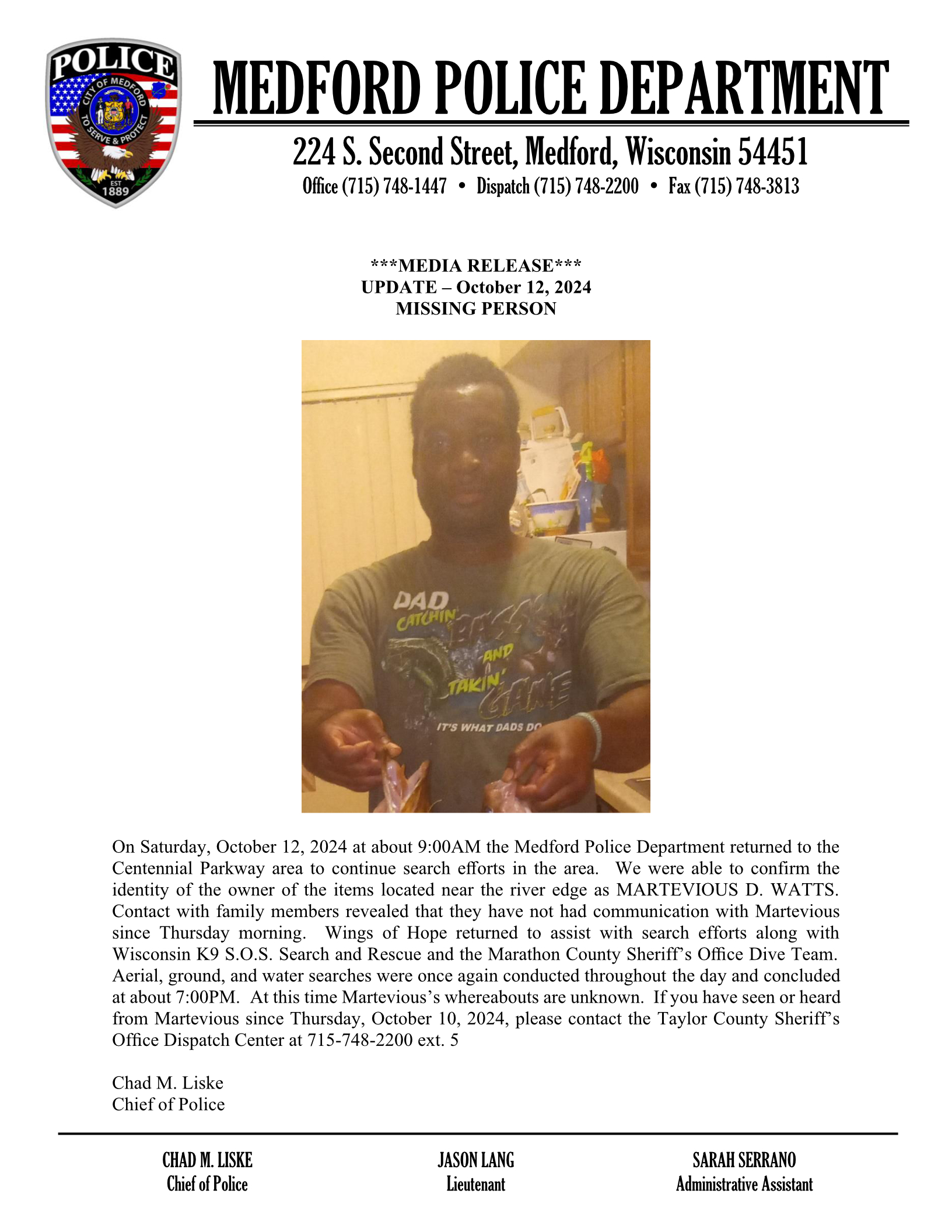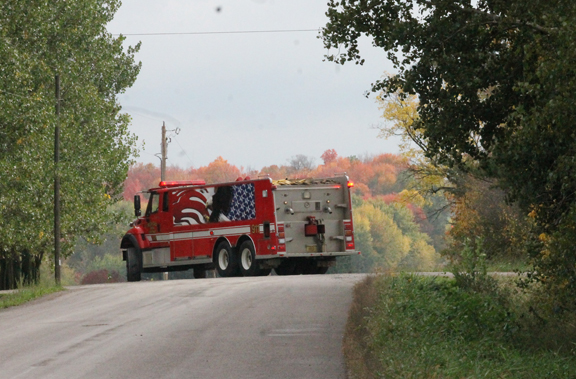Eviction moratorium now runs until the end of year
Recent Federal Orders from the CDC at the Department of Health and Human Services (HHS), impact evictions from residential properties in Wisconsin, and across the nation. The CDC order to “Temporary Halt in Residential Evictions to Prevent the Further Spread of COVID-19,” became effective Sept. 4, and runs through Dec. 31.
Renters are not automatically entitled to protections under the CDC order. To invoke the CDC’s order tenants, lessees or residents of residential properties, must provide a signed copy of the declaration form provided by the CDC (or a similar declaration under penalty of perjury) to their landlord, owner of the residential property where they live, or other person who has a right to have them evicted or removed from where they live.
This does not include foreclosures on home mortgages. Each adult listed on the lease, rental agreement or housing contract, should provide a separate declaration.
Tenants are still required to pay rent, and follow all the other terms of their lease and rules of the place where they live. Unpaid rent will accumulate. Tenants may still be evicted for reasons other than not paying rent or making a housing payment.
The order does not prevent the charging or collecting of late fees, penalties or interest.
The moratorium only applies to tenants who declare, under penalty of perjury, that all the following statements are true:
• They have used best efforts to obtain all available government assistance for rent or housing;
• They either expect to earn no more than $99,000 in annual income for 2020 (or no more than $198,000 if filing a joint tax return), were not required to report any income in 2019 to the U.S. Internal Revenue Service or received an Economic Impact Payment (stimulus check), pursuant to Section 2201 of the CARES Act.
• They are unable to pay full rent or make a full housing payment, because of substantial loss of household income, loss of compensable hours of work or wages, lay-offs or extraordinary (at least 7.5 percent of income) out-of-pocket medical expenses.
• They are using their best efforts to make timely partial payments that are as close to the full payment as the individual’s circumstances may permit, taking into account other non-discretionary expenses;
• If evicted, they would likely become homeless, need to
The Office of Children’s Mental Health, has announced the publication of a new fact sheet, about preventing youth suicides and what communities can do to make a difference.
Highlights include the following:
• Approximately one in 13 high school students attempts suicide more than once.
• About 45 percent of adolescents who died by suicide, used a parent’s gun.
• American Indian youth in Wisconsin, commit suicide at a higher rate than White Wisconsin youth. The overall suicide rate for Wisconsin youth, is higher than the national average.
• Parents can follow advice from the American Academy of Pediatrics, that says the safest home for a child, is one without guns.
• Schools can foster connectedness and protective environments, by implementing peer support programs, like Hope Squad and Sources of Strength.
• Policymakers can support a stronger infrastructure to prevent suicide and lost wages of $17 million (in 2010), from youth ages zero to 26, who die by suicide.
• Everyone can raise awareness about suicide, during September’s Suicide Prevention Month, and share available resources and social media graphics.
To view the fact sheet, visit children.wi.gov.
move into a homeless shelter or need to move into a new residence shared by other people who live in close quarters, because they have no other available housing options.
• They understand that they must still pay rent or make a housing payment, and comply with other obligations that they may have under the tenancy, lease agreement or similar contract. They must further understand that fees, penalties or interest for not paying rent, or making a housing payment on time as required by the tenancy, lease agreement or similar contract, may still be charged or collected.
• They understand that at the end of this temporary halt on evictions Dec. 31, their housing provider may require payment in full for all payments not made prior to, and during, the temporary halt, and failure to pay may subject the tenant to eviction pursuant to state and local laws.
• Any false or misleading statements, or omissions, may result in criminal and civil actions for fines, penalties, damages or imprisonment.
The Bureau of Consumer Protection at the DATCP, regularly updates frequently asked questions about landlord/tenant issues during COVID-19, on the website at datcp.wi.gov.
Did you know Wisconsin has the highest death rate from falls for older adults, of any state in the country? With that in mind, September is Falls Prevention Awareness Month.
Every 11 seconds, an older adult somewhere in the U.S., is admitted to an emergency department for a fall every 19 minutes, an older adult dies from injuries from a fall.
In Wisconsin and the nation, one of every four adults fall every year. Figures show 40 percent of people who enter nursing homes, had a fall in the 30 days prior to admission.
It’s not only painful, traumatic and at times, life-changing, but falls cost Wisconsin over $1 billion each year.
“Falls are preventable and not a normal part of aging,” said Nicole Kollmansberger, RN. “Falls are considered a trauma, due to the potential cases of permanent injury. In some cases, uncontrolled bleeding and head injuries can contribute to permanent harm, or loss of independence.”
Approximately 30-40 percent of emergency room visits are associated with a fall.
The following tips can help reduce falls to those 55 and older:
• Talk to a healthcare provider, ask for an assessment of the risk of falling and share any history of recent falls.
• Engage in balance and strength exercises that are proven to reduce falls. Talk to a healthcare provider or physical therapist for recommendations.
• Regularly review medications with a pharmacist and doctor. Make sure side effects aren’t increasing the risk of falling and take medications only as prescribed.
• Get vision and hearing checked annually, and update eyeglasses. People with untreated vision or hearing losses are more than three times as likely to fall.
• Keep the home safe. Remove tripping hazards, increase lighting, make stairs safe and install grab bars in key areas.
• Talk to family members and enlist their support in taking simple steps to stay safe.
“Maintaining strength and balance is a key component to reducing one’s fall risk,” said Kollmansberger.
For more information on falls prevention or to learn about falls prevention programs in the area, contact the local aging and disability resource center.



